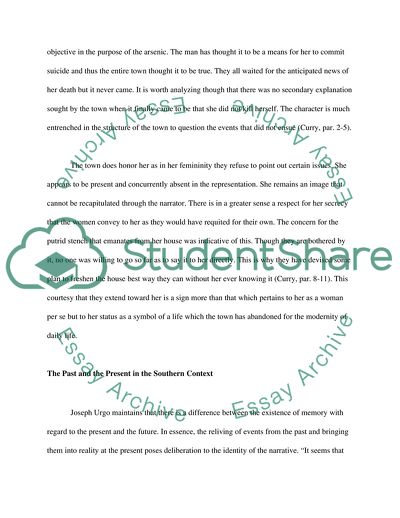Cite this document
(A Rose for Emily: Historical literary criticism Coursework, n.d.)
A Rose for Emily: Historical literary criticism Coursework. https://studentshare.org/literature/1722837-a-rose-for-emily-historical-literary-criticism
A Rose for Emily: Historical literary criticism Coursework. https://studentshare.org/literature/1722837-a-rose-for-emily-historical-literary-criticism
(A Rose for Emily: Historical Literary Criticism Coursework)
A Rose for Emily: Historical Literary Criticism Coursework. https://studentshare.org/literature/1722837-a-rose-for-emily-historical-literary-criticism.
A Rose for Emily: Historical Literary Criticism Coursework. https://studentshare.org/literature/1722837-a-rose-for-emily-historical-literary-criticism.
“A Rose for Emily: Historical Literary Criticism Coursework”. https://studentshare.org/literature/1722837-a-rose-for-emily-historical-literary-criticism.


